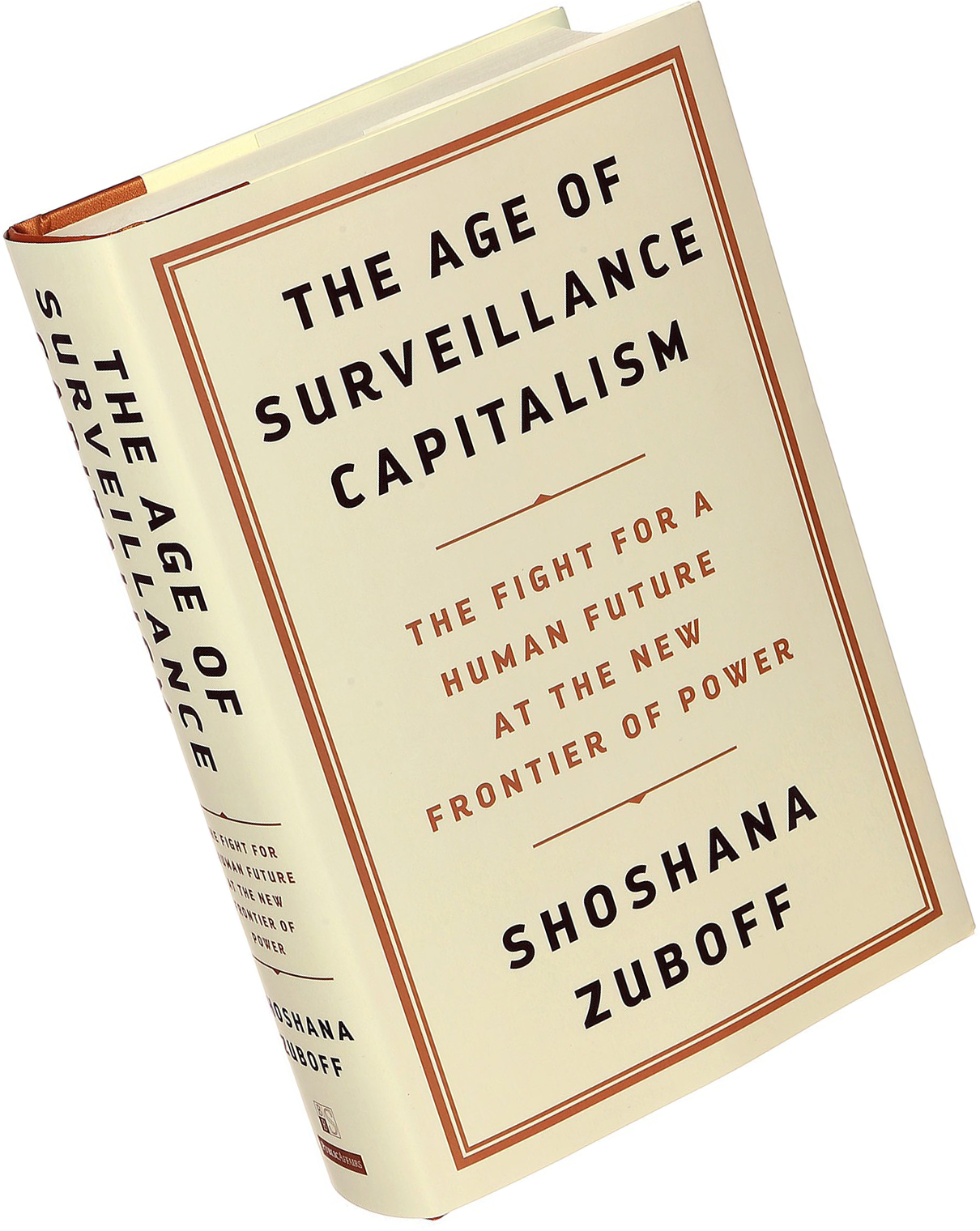Index cards are important tools, particularly if you're going through a thousand or more a month. I tend toward the cheapest ones I can find and am always half tempted to bulk order them in pallet quantity from somewhere to get a steep discount, especially as I've got filing cabinet storage space for another 40,000 4x6 index cards readily at hand.
I looked more closely at the Wexfords I just picked up and they are made in India. Comparatively my Staples branded cards are also made in India, while the Amazon Basics and Oxford cards are made in the United States.
As for line quality, the most consistent I've seen are the Stockroom Cards designed in California, but made in China. Oxford has been generally solid and Amazon lines have been occasionally hit and miss.
About a year ago, the local Amazon Fresh store had dozens of their 500 card packs listed for an overly reasonable $2.50 each (half a penny per card), so I picked up about 15,000 cards at a time when they were usually in the $12-15 range online. They're presently at a near annual best of $7.45 (about 1.5 cents per card). At $3.50 for 100, the Wexfords ran almost twice as expensive at 3.5 cents per card. I suspect tariffs are likely affecting the price of foreign cards more heavily lately.
I've not really tried out any listed as "flashcards", so I can't comment on the prices or quantities there. Some of the ones I have seen tended to the more expensive side, so I've passed on them.
Good luck in your continued search.

